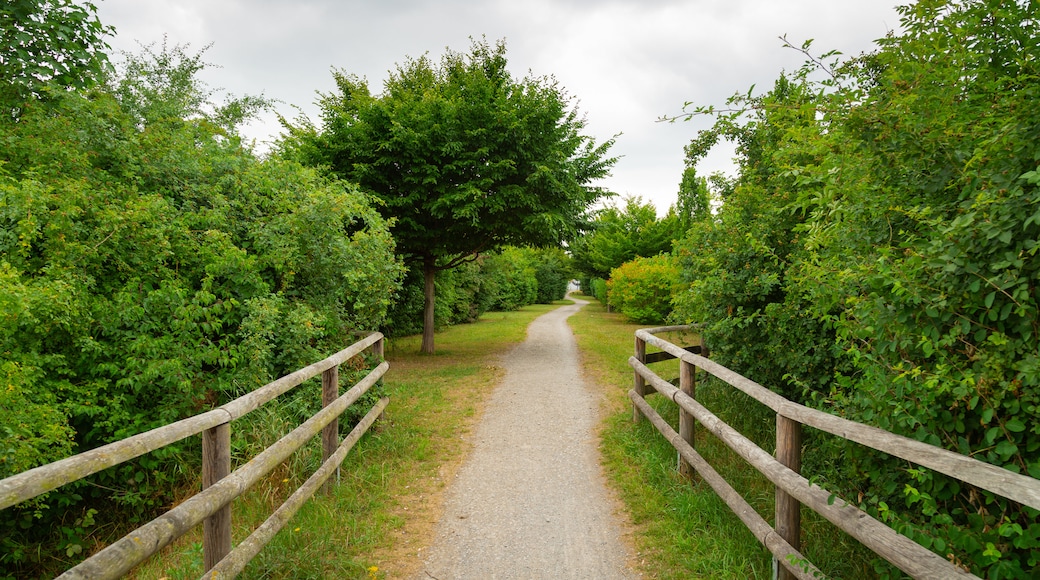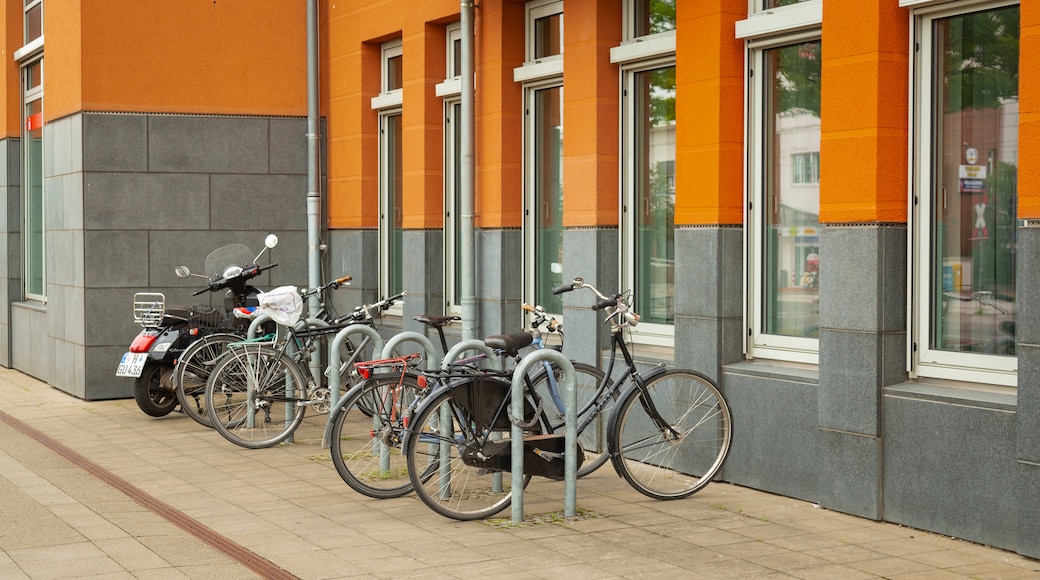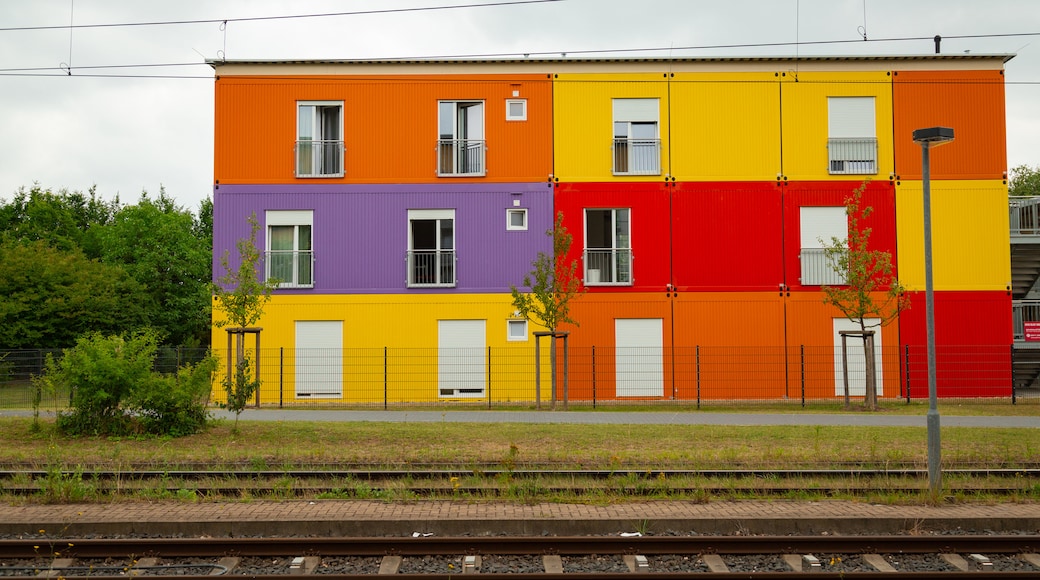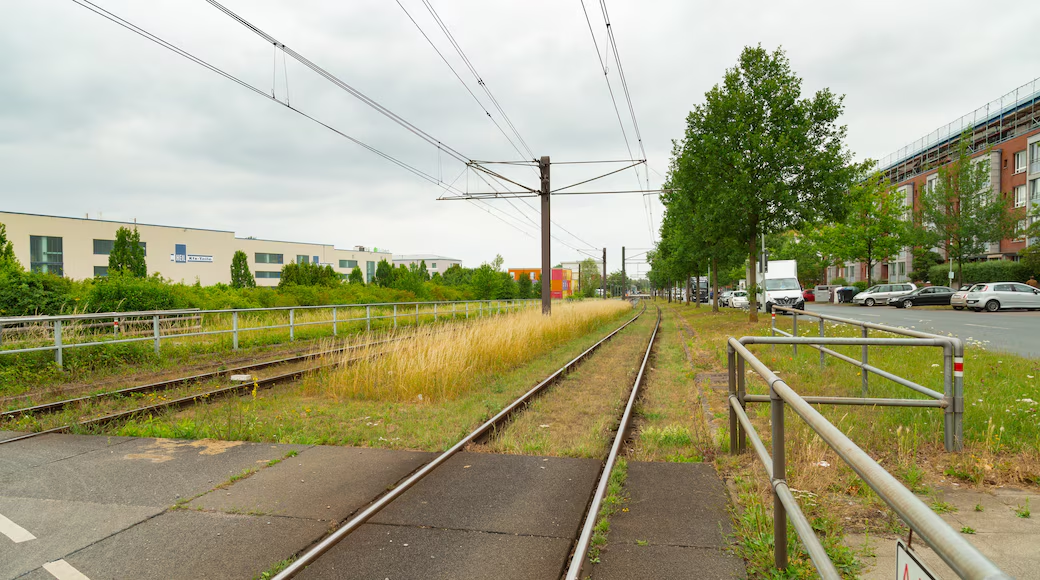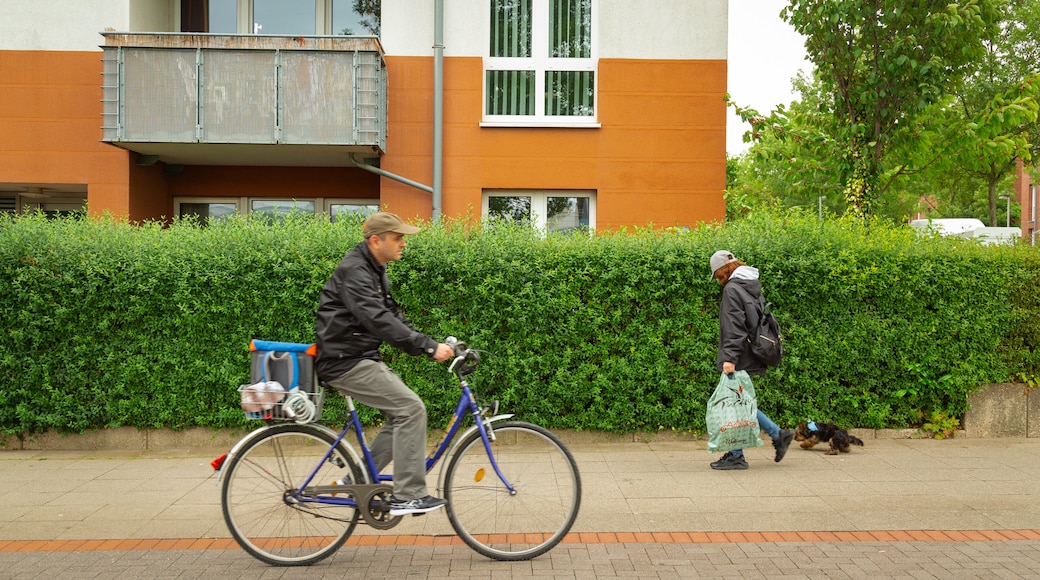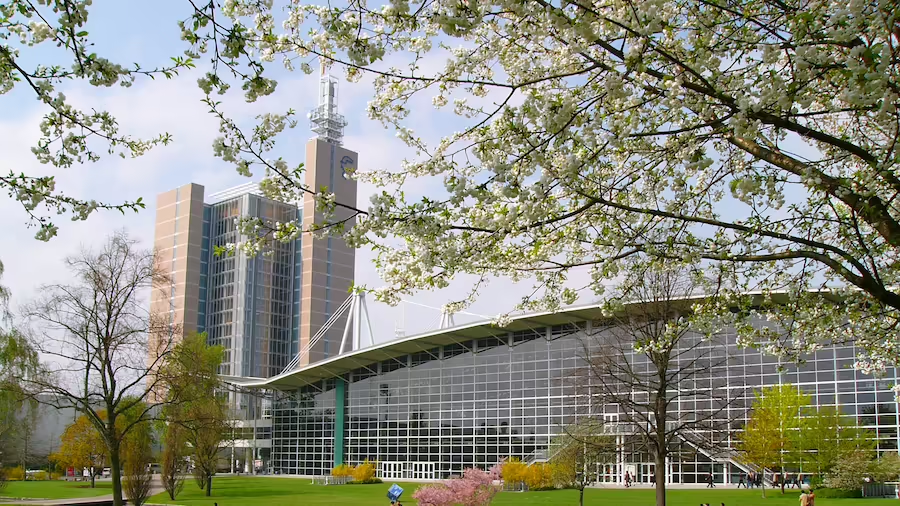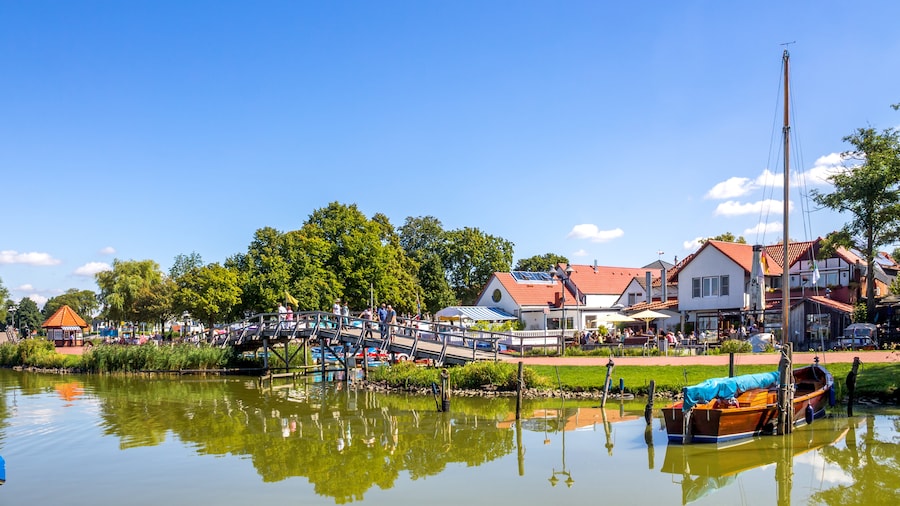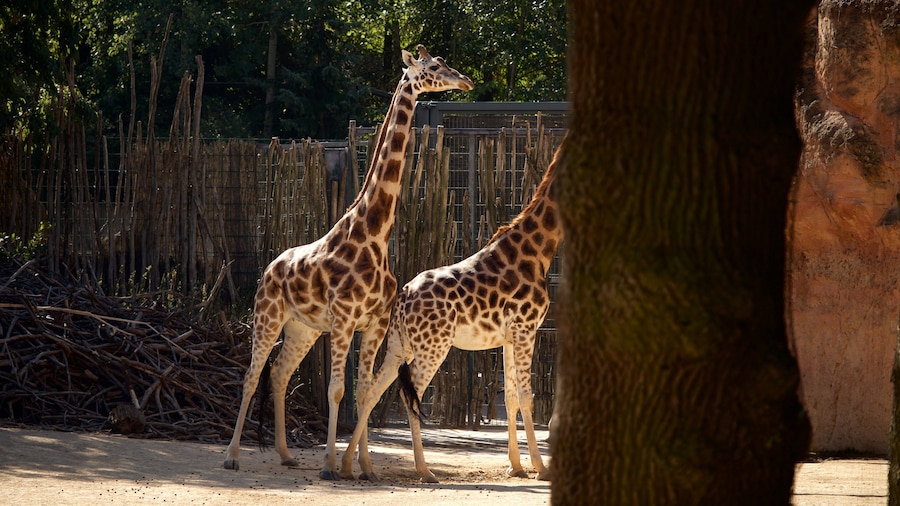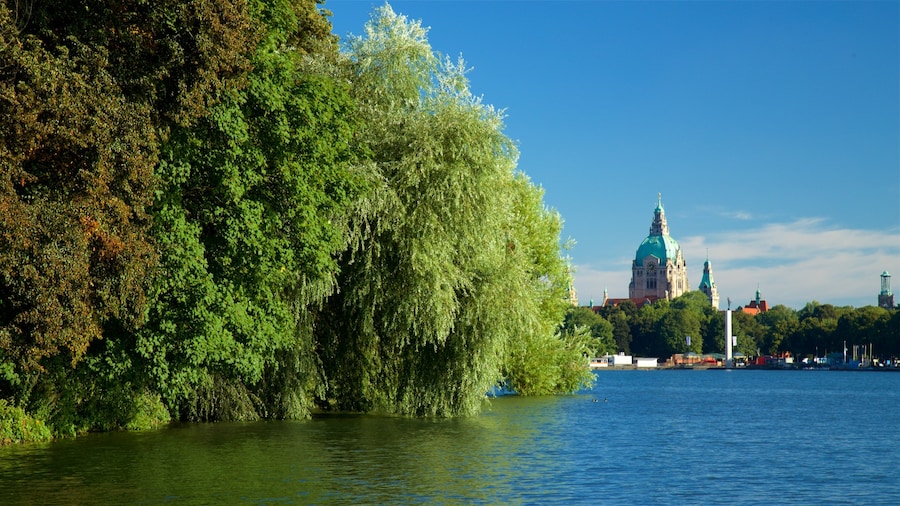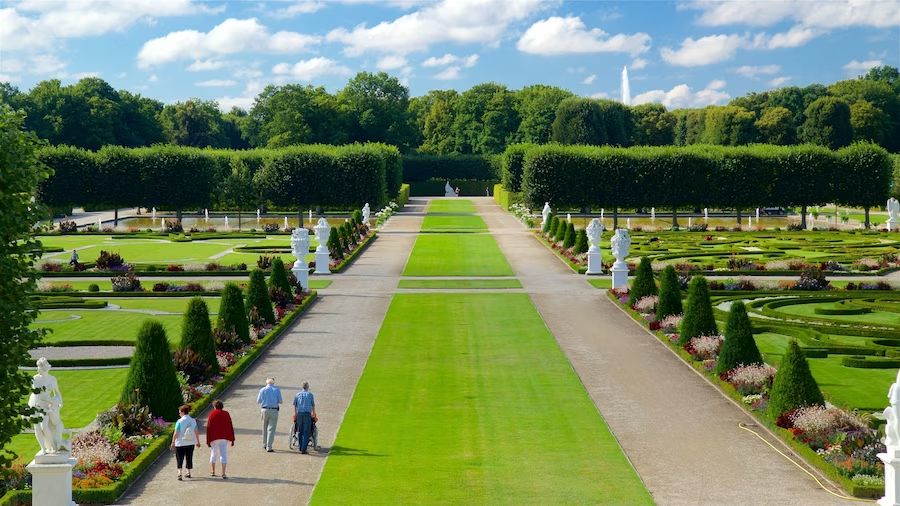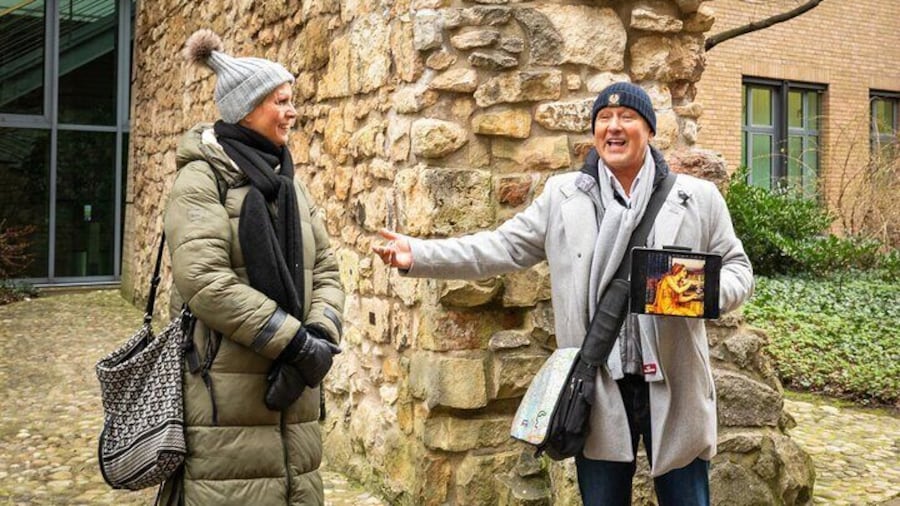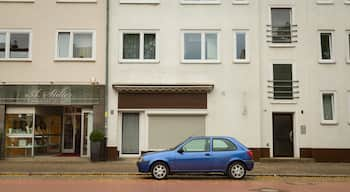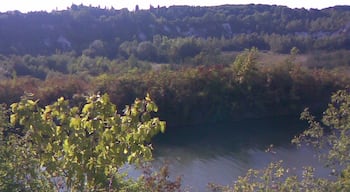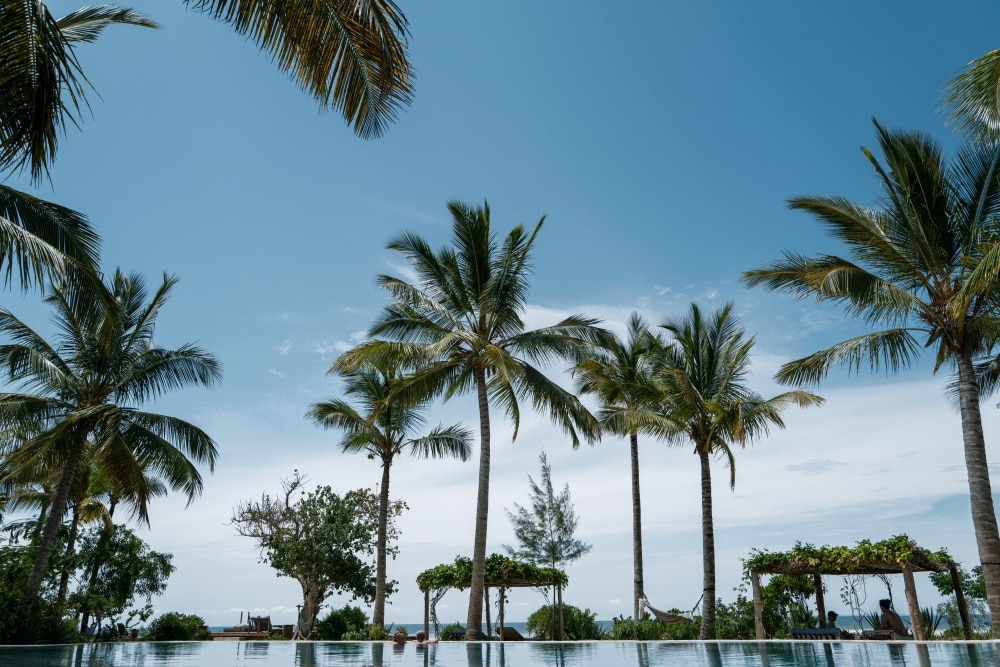See the contrast between old and modern urban developments in this suburb on the eastern edge of Hannover.
Explore Bemerode if you have some spare time while visiting Hannover to delve into the history of the capital of the Lower Saxony region and see how the city has evolved.
Historical mentions of Bemerode go as far back as 1204, when it was listed as the centre of a noble estate. This was in the northern half of Bemerode and the estate developed slowly over the centuries. The southern half of the suburb is a large, modern and unique development built in conjunction with Hannover’s hosting of the World Expo in 2000.
Begin your visit by having a look at the northern, original part of Bemerode. The Bemeroder Rathausplatz is the everyday centre of the area and has since replaced all sign of the old estates of the past. Look for the nearby St. Johanniskapelle, an elegant old church dating back to 1867, set between beautiful old trees. Occupying a site where chapels have stood since at least 1321, the church houses a bell from a previous chapel that is believed to date back to 1697.
Head south to take in some of the over 170 acres (70 hectares) of the Kronsberg Estate, constructed in conjunction with the World Expo. The focus of this project was on ecological optimization, building a city both as a social habitat and a garden. Walk around this low-energy use area and notice how features such as parks, tree-lined avenues, and cycling and hiking paths balance out the two-story and four-story complexes and other buildings.
Take a walk to the edge of Bemerode, where the city gives way to farmland. Hike up the Nördlicher Kronsberg Hügel, a small, man-made hill. Built on the Kronsberg ridge line, this hill is the highest point in Hannover and gives good views over the countryside and city. Take a picnic with you and watch the sheep grazing in the fields as you eat your lunch.
Alternatively, find a local café or restaurant, order some refreshments and watch daily life unfold in the suburb. Jump on the tram to see a little more of Bemerode before you get back to central Hannover.
